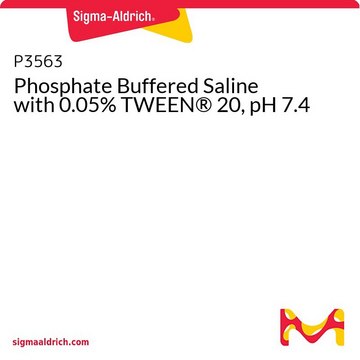91414
Tris buffered saline with Tween® 20
tablet (for 500 mL), pH 7.6, BioUltra, with Tween® 20
Synonyme(s) :
TBS, TBST
Se connecterpour consulter vos tarifs contractuels et ceux de votre entreprise/organisme
About This Item
Code UNSPSC :
41105319
Nomenclature NACRES :
NA.25
Produits recommandés
Nom du produit
Tris buffered saline with Tween® 20, BioUltra, tablet (for 500 mL), pH 7.6
Gamme de produits
BioUltra
Niveau de qualité
Forme
tablet (for 500 mL)
pH
7.6
Solubilité
water: 2 tablet/liter, clear, colorless
Application(s)
diagnostic assay manufacturing
Application
Trizma is used in the formulation of buffer solutions in the pH range between 7.5 and 8.5. Tris buffer solutions are widely used in cell and molecular biology for processes such as protein and nucleic acid extraction and purification. Tris buffered saline with Tween 20, pH 7.6 is used as a washing buffer in assays such as enzyme-linked immunosorbent assays.
Reconstitution
1 tablet dissolved in 500 mL of deionized water yields:
0.15 M sodium chloride, 0.050 m TRIS-HCl buffer; 0..05% Tween® 20;
pH 7.6 at 25°C
0.15 M sodium chloride, 0.050 m TRIS-HCl buffer; 0..05% Tween® 20;
pH 7.6 at 25°C
Informations légales
TWEEN is a registered trademark of Croda International PLC
Code de la classe de stockage
11 - Combustible Solids
Classe de danger pour l'eau (WGK)
WGK 1
Point d'éclair (°F)
Not applicable
Point d'éclair (°C)
Not applicable
Équipement de protection individuelle
dust mask type N95 (US), Eyeshields, Gloves
Faites votre choix parmi les versions les plus récentes :
Déjà en possession de ce produit ?
Retrouvez la documentation relative aux produits que vous avez récemment achetés dans la Bibliothèque de documents.
Les clients ont également consulté
Friederike Traunmüller et al.
Journal of immunoassay & immunochemistry, 26(3), 179-188 (2005-07-14)
Immunogenic glycolipids from the cell wall of Mycobacterium tuberculosis are potential capture antigens in enzyme-linked immunosorbent assays (ELISAs) for the serodiagnostis of tuberculosis. Typically, washing steps in ELISAs are performed with buffers containing a detergent. However, Tween-20, the most commonly
T Akimoto et al.
Lupus, 8(9), 761-766 (1999-12-22)
Autoantibodies against prothrombin, including lupus anticoagulant antibodies (LAC), have been identified in patients with systemic lupus erythematosus (SLE) and antiphospholipid syndrome (APS). To identify the epitopes of LAC in patients with SLE and APS, we analyzed B cell epitopes of
Lopa M Das et al.
Autophagy, 15(5), 813-826 (2019-01-22)
Cutaneous inflammation from UV radiation exposure causes epidermal damage, cellular infiltration, and secretion of pro-inflammatory mediators that exacerbate tissue destruction. Recovery is mediated chiefly by anti-inflammatory M2 macrophages that suppress inflammation and augment epidermal regeneration. Vitamin D enables anti-inflammation to
Cesare Orlandi et al.
PloS one, 6(9), e25350-e25350 (2011-10-04)
Ionotropic glutamate α-amino-3-hydroxy-5-methyl-4-isoxazole propionic acid (AMPA) receptors are the major mediators of fast synaptic neurotransmission. In this work, we used primary cortical cultures from rats as a model system to study AMPA receptor regulation during in vitro cell maturation and
Bernd Zetsche et al.
Cell, 163(3), 759-771 (2015-10-01)
The microbial adaptive immune system CRISPR mediates defense against foreign genetic elements through two classes of RNA-guided nuclease effectors. Class 1 effectors utilize multi-protein complexes, whereas class 2 effectors rely on single-component effector proteins such as the well-characterized Cas9. Here
Notre équipe de scientifiques dispose d'une expérience dans tous les secteurs de la recherche, notamment en sciences de la vie, science des matériaux, synthèse chimique, chromatographie, analyse et dans de nombreux autres domaines..
Contacter notre Service technique
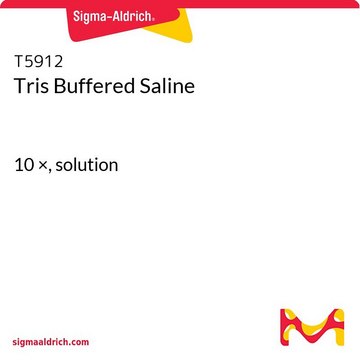

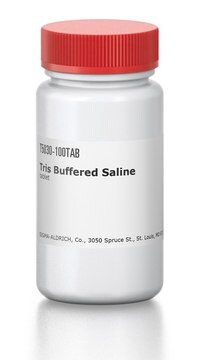
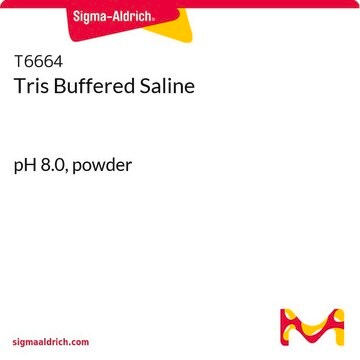
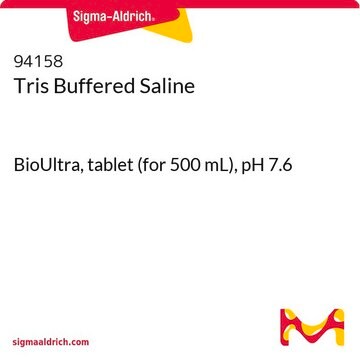

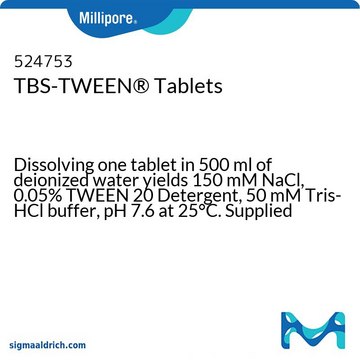

![Western Blocking Reagent, Solution solution, sufficient for 10 blots (11921673001 [100 cm2]), sufficient for 60 blots (11921681001 [100 cm2])](/deepweb/assets/sigmaaldrich/product/images/352/091/ef743cea-ccd8-44f1-8f3b-dec5a1e4f5d1/640/ef743cea-ccd8-44f1-8f3b-dec5a1e4f5d1.jpg)
